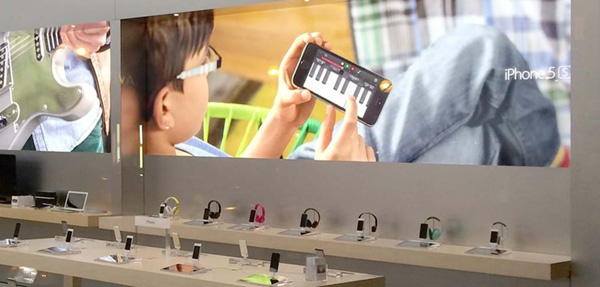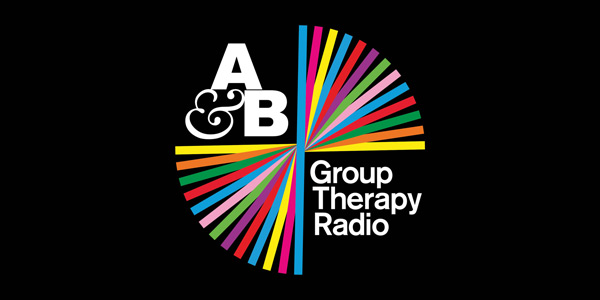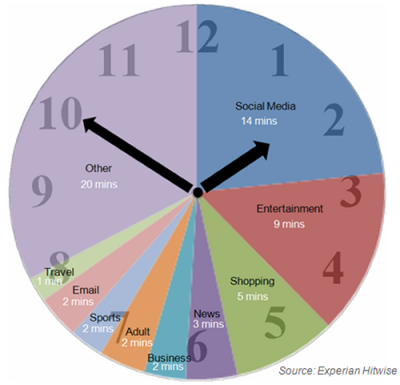New Business Models?
April 24, 2016
In a long and interesting article on the car manufacturing and dealership sector in America, Nicholas Moryl makes some telling points about the “old” industrial model car brands and the new software model of Tesla (see source link below).
He says: “The existing problems with the car manufacturer business model and end product are a reflection of the fragmented interests of the manufacturer, its parts suppliers, and its dealership network.”
He continues that this approach means that, currently, “manufacturers need to satisfy dealers first and consumers second”.
He also implies that the various parts suppliers, like the car manufacturers and assemblers themselves, are not necessarily building for quality or longevity, but rather for speedy and cost-efficient manufacture, looking just at the short-term.
The result for most car manufacturers, he says, is, “largely mediocre products that leave consumers uninspired.”
 He sees Tesla as a harbinger of new and necessary — and can we say, exciting — ways of doing business. He says Tesla is a technology company rather than an industrial company, and lauds their ability to incorporate internet update functions right into the control unit software on their vehicles.
He sees Tesla as a harbinger of new and necessary — and can we say, exciting — ways of doing business. He says Tesla is a technology company rather than an industrial company, and lauds their ability to incorporate internet update functions right into the control unit software on their vehicles.
In other words, Tesla not only sells direct to consumers but it doesn’t need a dealership/services sub-sector to perform repairs and updates.
The customer deals directly with Tesla for its high-tech products, gets support directly from Tesla, and can receive automatic software updates from Tesla.
Now that sounds a LOT like the Apple business model!

Source: https://medium.com/swlh/the-model-3-and-the-future-of-cars










